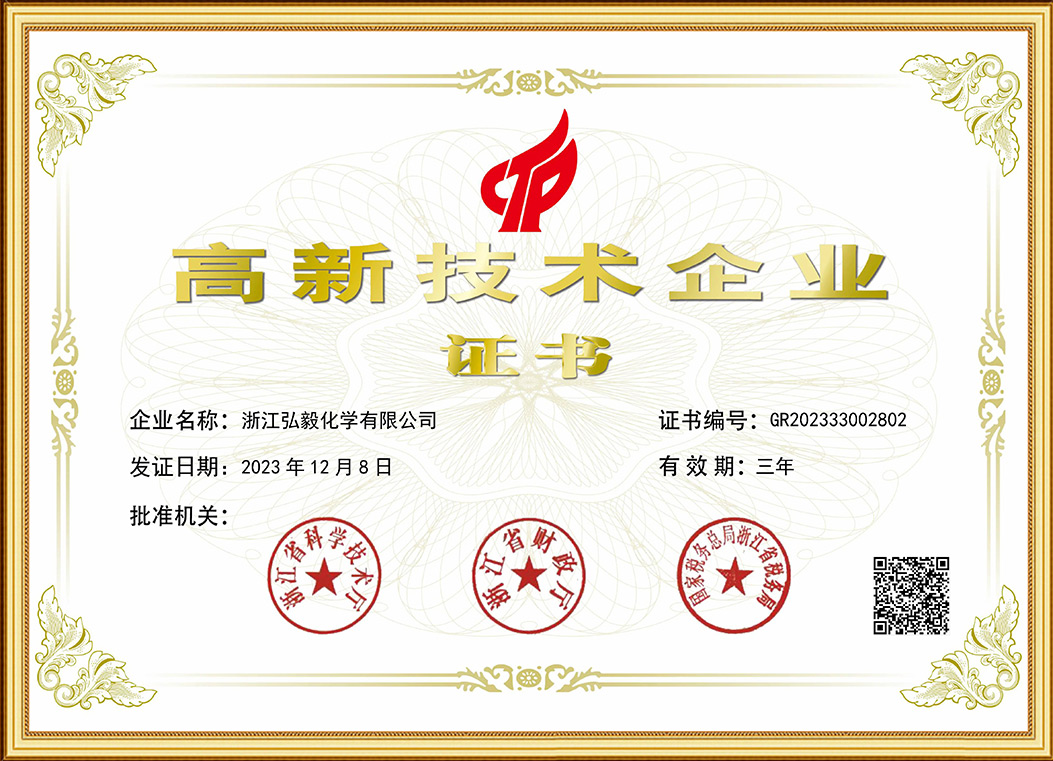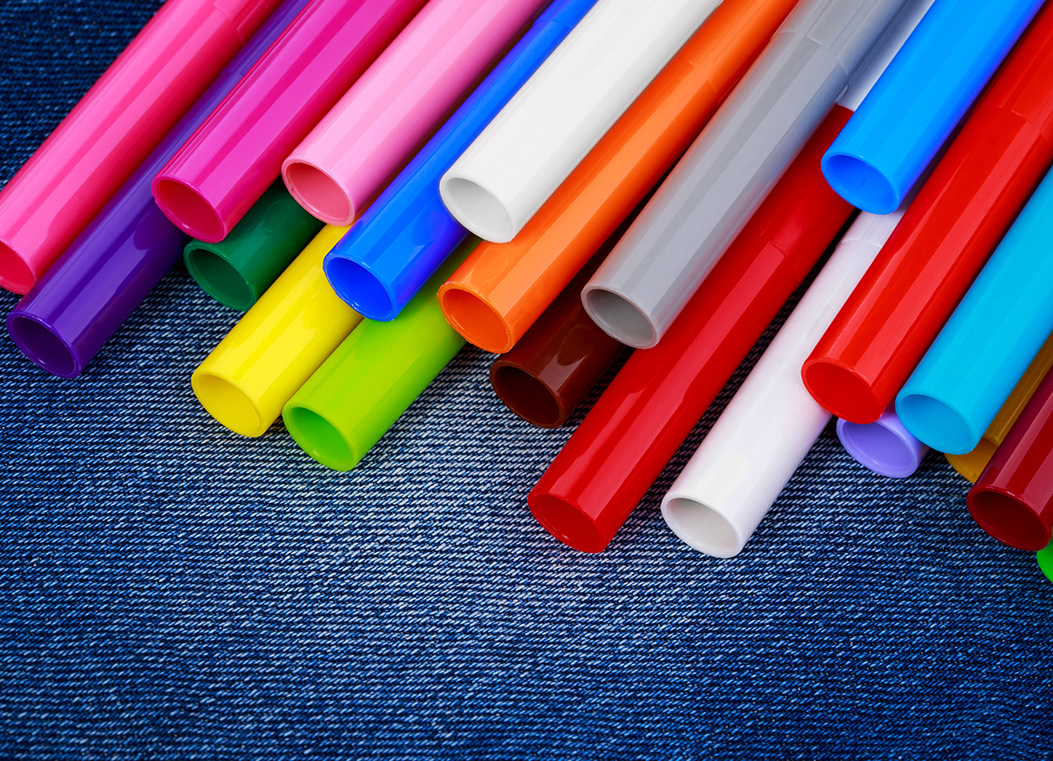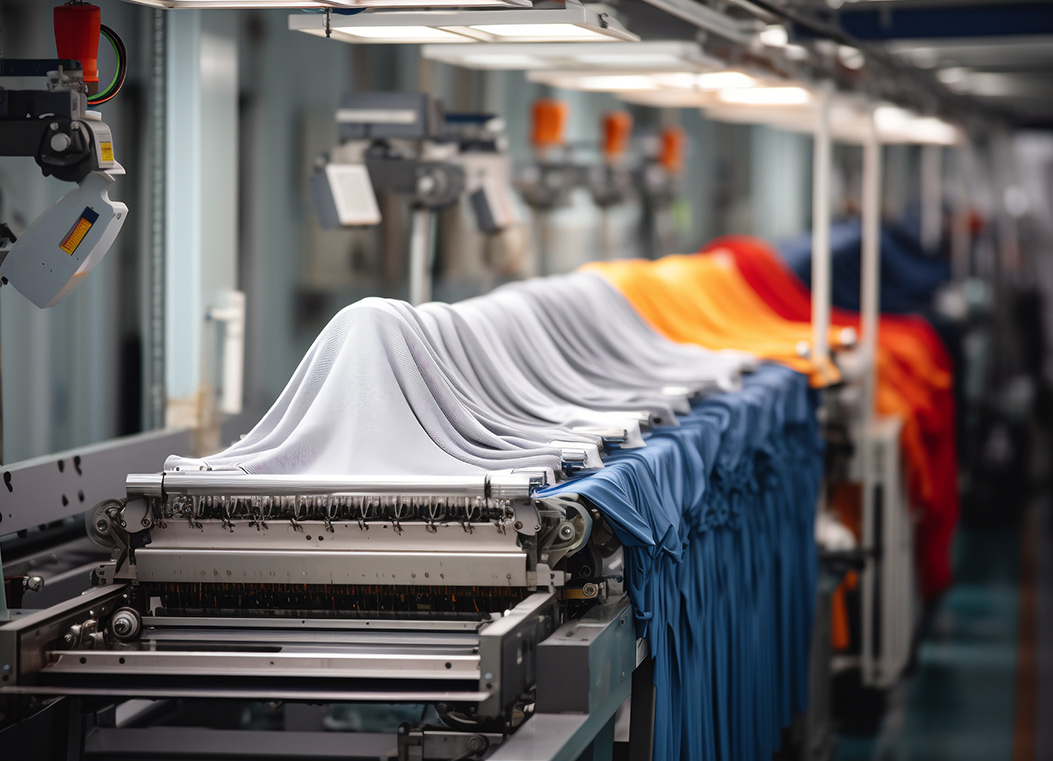Optical brighteners, known for their capacity to enhance the visual appeal of polymer-based building materials, have steadily established themselves as indispensable components in the production of optical brightener for ceiling panels and optical brightener for PVC profiles. Their integration into formulations is no longer limited to aesthetic improvement alone but has evolved to address a variety of performance criteria, including consistency of appearance, resistance to discoloration over time, and compatibility with modern processing technologies. For manufacturers navigating increasingly complex customer expectations and regulatory frameworks, a deeper understanding of how these additives function and interact with different substrates is crucial.
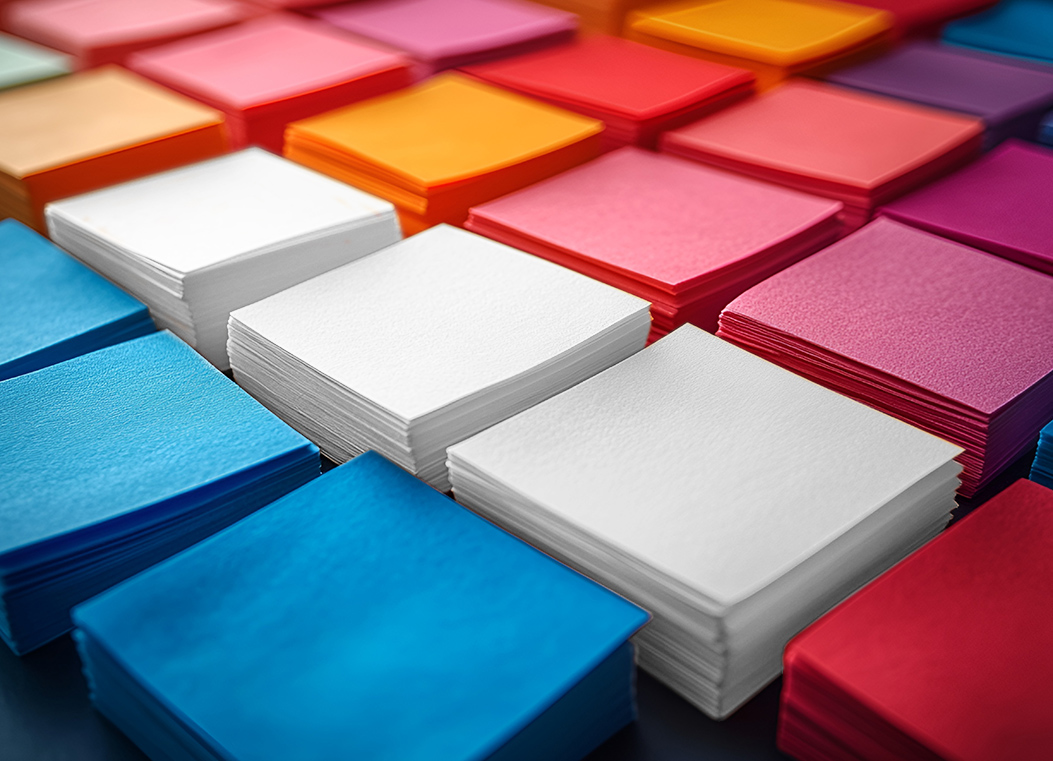
Mechanisms and Material Interactions in Ceiling Panels
The optical brightening effect relies on a photophysical process whereby ultraviolet radiation, invisible to the human eye, is absorbed and subsequently re-emitted as blue fluorescence. This transformation effectively masks any inherent yellowish undertones present in resins or mineral fillers, thereby creating a perception of greater whiteness and cleanliness. In ceiling panel applications, where even slight variations in hue can disrupt the intended uniformity of interior spaces, achieving a consistent whitening effect across large surface areas is a priority that demands rigorous process discipline.
An important dimension of optical brightener performance lies in its interaction with the resin matrix. Ceiling panels composed of polyvinyl chloride, polystyrene, or composite materials each exhibit unique rheological behaviors during extrusion or molding, which in turn influence the dispersal and stability of the additive. Insufficient compatibility can result in agglomeration or uneven migration within the polymer phase, generating surface defects that compromise both the aesthetic outcome and the functional integrity of the finished product. Consequently, manufacturers often rely on laboratory-scale compatibility assessments prior to committing to large-scale production.
Selection Criteria for PVC Profiles and Extended Applications
When considering optical brighteners for PVC profiles, which are frequently employed in window systems, cladding, and other exterior-facing architectural components, the evaluation process extends beyond immediate brightness enhancement. The profiles must demonstrate sustained resistance to ultraviolet radiation, fluctuating temperature cycles, and mechanical stress over extended service periods. For this reason, the thermal stability of the chosen brightener formulation becomes a critical parameter. A formulation that performs adequately under moderate temperatures may degrade during high-shear extrusion, which can result in discoloration phenomena such as yellowing or loss of fluorescence.
Technical datasheets provided by reputable suppliers can serve as essential reference points in the selection process. However, beyond static product specifications, many producers also consider the optical brightener’s influence on melt flow characteristics, impact resistance, and adhesion to subsequent coatings or films. These interactions are sometimes subtle yet have measurable effects on the consistency and durability of the end product.
Additionally, the question of dosage calibration warrants close attention. While under-dosing may result in insufficient visual improvement, excessive concentrations can provoke challenges ranging from over-fluorescence—perceived as an unnatural bluish cast—to interference with stabilizers and lubricants commonly used in PVC formulations. Establishing an appropriate concentration range often requires iterative trials, supported by instrumental color measurement and accelerated weathering assessments.
Process Integration and Control Parameters
Incorporating an optical brightener into production workflows demands a nuanced approach to process control, as the additive’s behavior is influenced by variables such as residence time, shear forces, and temperature gradients within compounding and extrusion equipment. Particularly in high-throughput operations, prolonged exposure to elevated temperatures can initiate thermal decomposition pathways that not only diminish whitening efficiency but may also generate byproducts detrimental to polymer stability.
To mitigate these risks, processors frequently implement staged feeding techniques or employ masterbatches that encapsulate the optical brightener in a carrier resin compatible with the host polymer. This strategy can facilitate uniform dispersion and reduce thermal stress during compounding. Automated dosing systems further contribute to reproducibility, minimizing the operator-dependent variability inherent in manual mixing methods.
Monitoring protocols, including in-line spectrophotometric analysis and periodic sampling, are recommended practices to ensure the additive remains within specified concentration tolerances. Such controls are especially relevant in continuous production environments, where minor deviations can propagate through significant material volumes before detection.
Performance Validation and Long-Term Stability Assessment
The evaluation of optical brightener performance cannot be confined solely to initial visual assessments under controlled lighting. In real-world installations, ceiling panels and PVC profiles are subject to a spectrum of environmental influences that can erode brightness over time. Consequently, manufacturers increasingly incorporate accelerated aging tests, combining ultraviolet exposure, thermal cycling, and humidity variations to simulate years of service within compressed timeframes.
Reflectance measurements obtained during these tests offer quantitative insight into the retention of optical properties, while complementary assessments of gloss and surface texture can help identify broader degradation patterns. Some producers further validate results by correlating laboratory data with field samples collected from reference installations, thereby strengthening the predictive value of accelerated testing protocols.
Strategic Considerations for Manufacturers and Specifiers
As market requirements become progressively differentiated, the selection of optical brighteners entails not only technical compatibility but also alignment with sustainability goals, regulatory compliance, and branding considerations. Certifications regarding the absence of restricted substances, conformity with REACH or ROHS directives, and documentation of production traceability are increasingly viewed as integral to procurement decisions.
Moreover, engaging in collaborative development with additive suppliers can yield formulation refinements tailored to specific process conditions and design objectives. This cooperative approach often leads to optimized performance while streamlining qualification timelines.
For producers aiming to deliver ceiling panels and PVC profiles that combine visual appeal with enduring performance characteristics, a comprehensive approach encompassing selection, process integration, and lifecycle assessment is essential. By investing in robust material evaluation and precise production control, it is possible to meet customer expectations while navigating the complex regulatory and technical landscape that defines contemporary construction materials.

 EN
EN 中文
中文 ES
ES
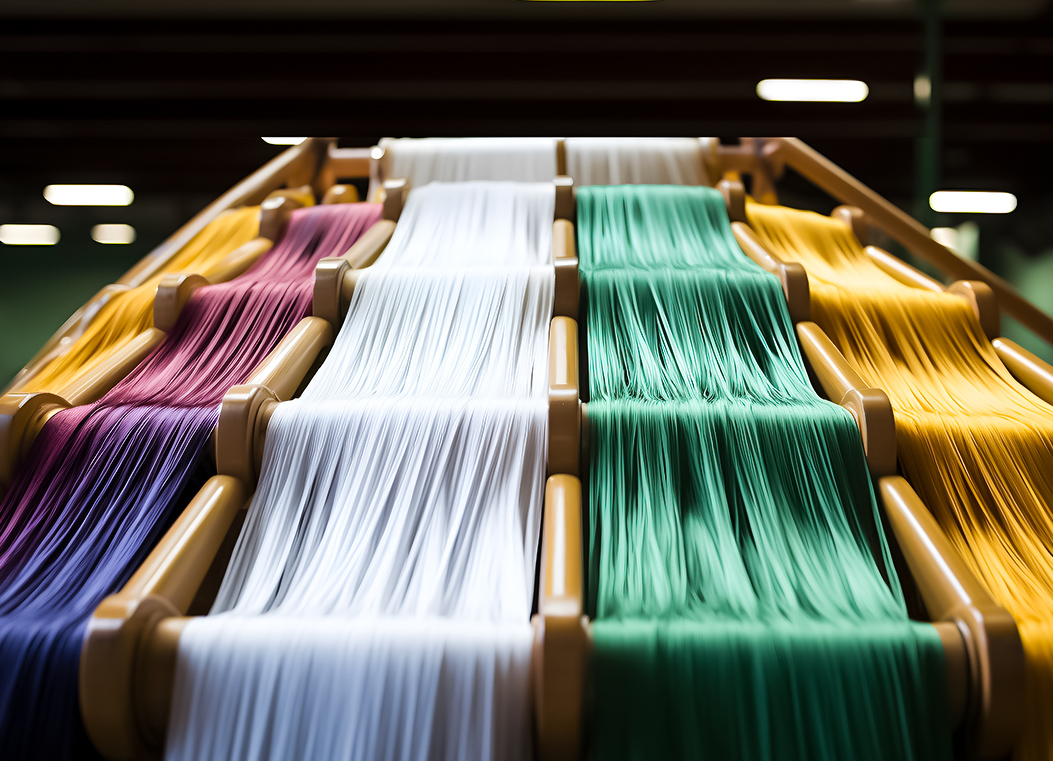


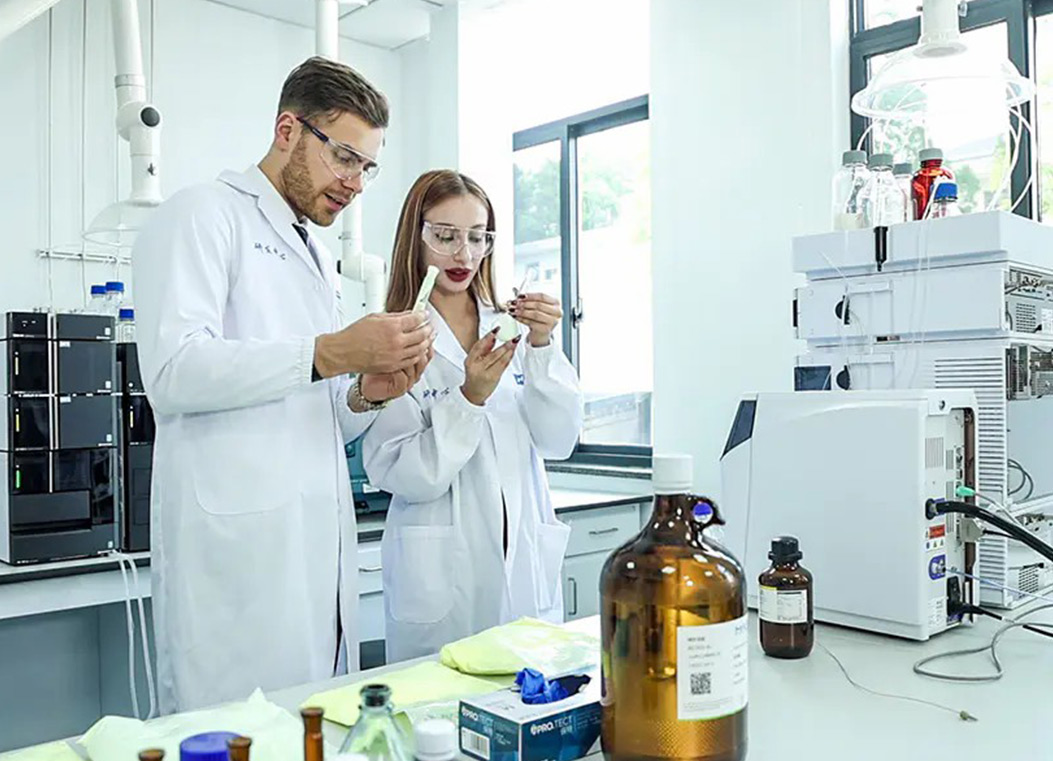
.jpg)
